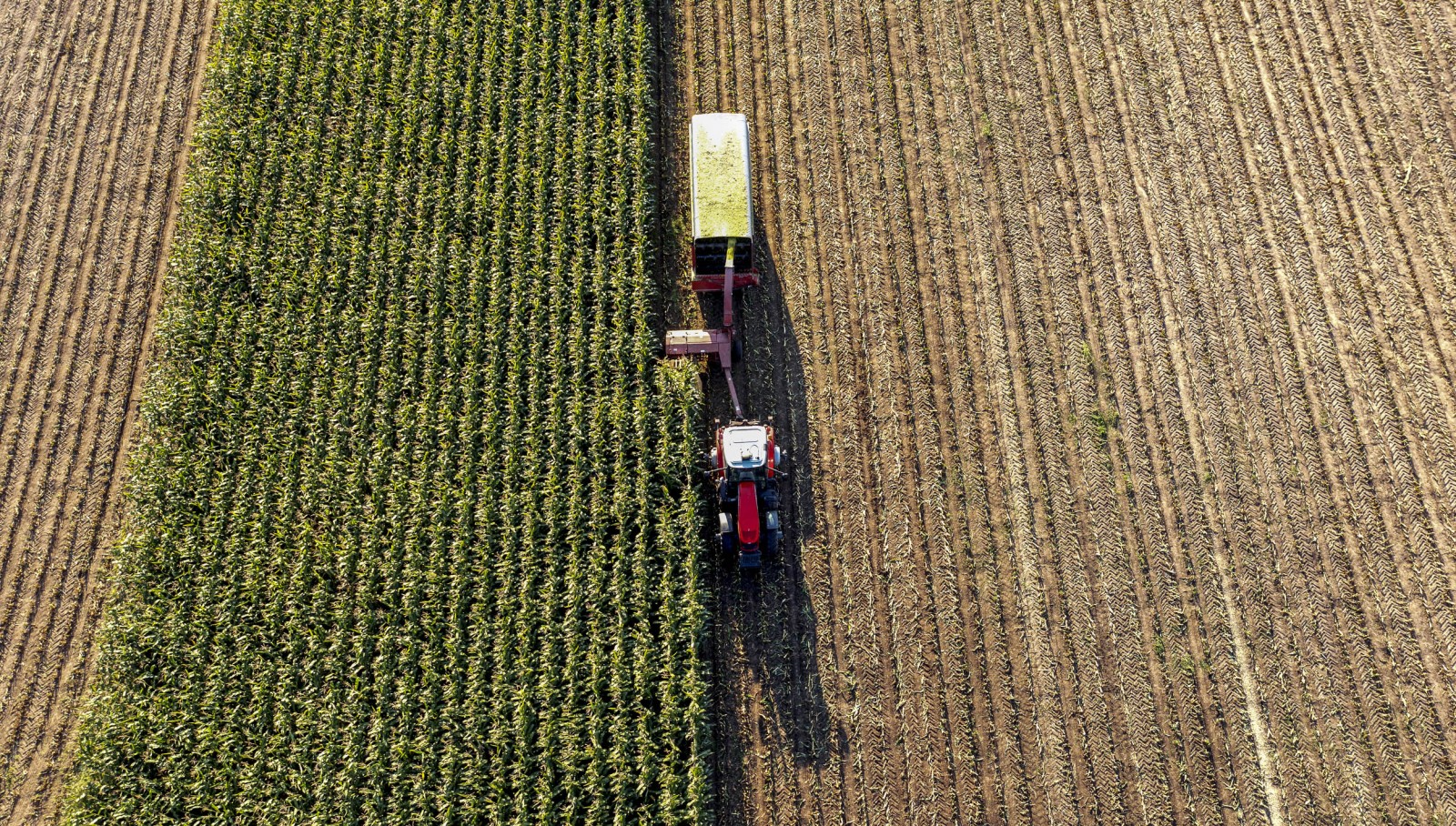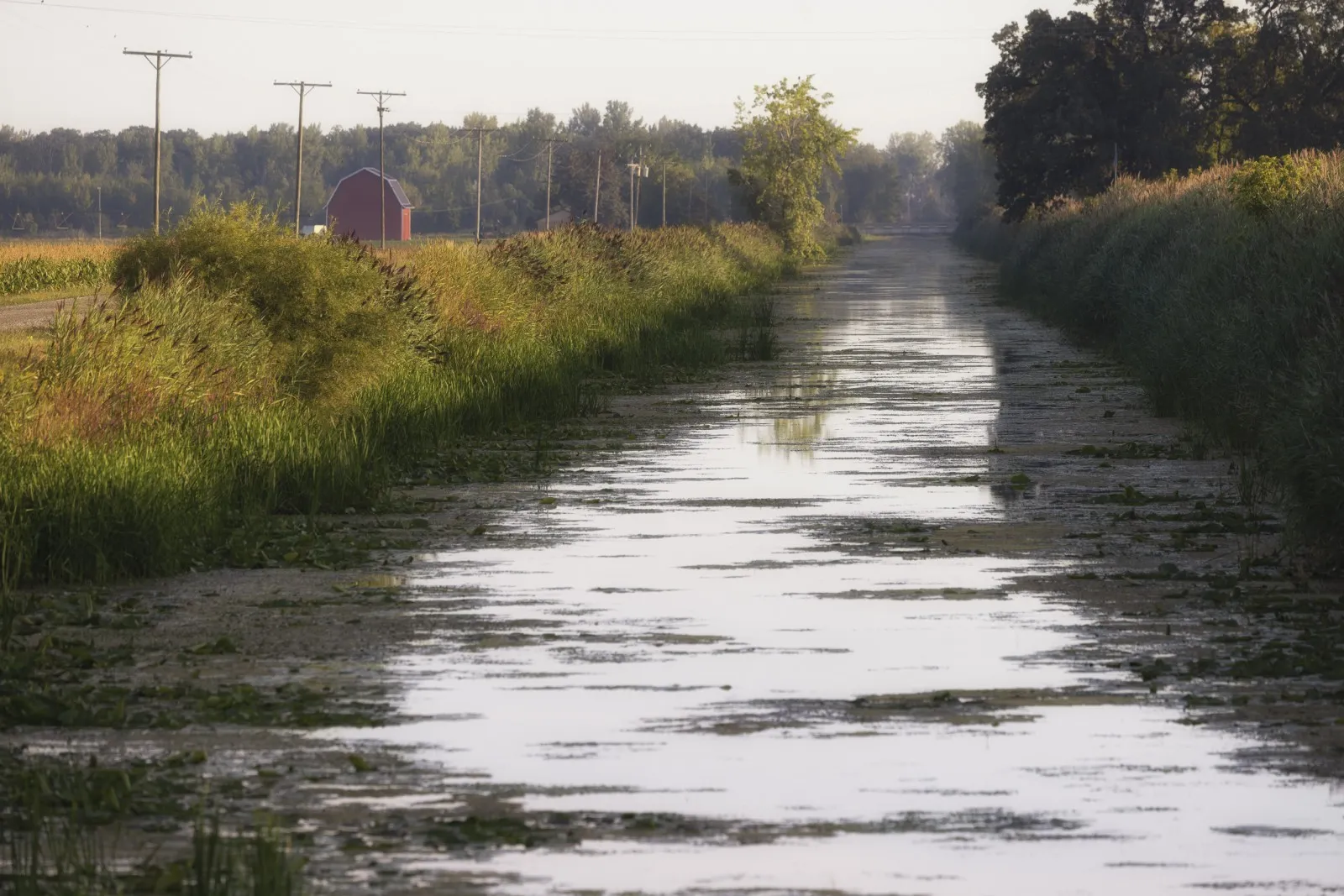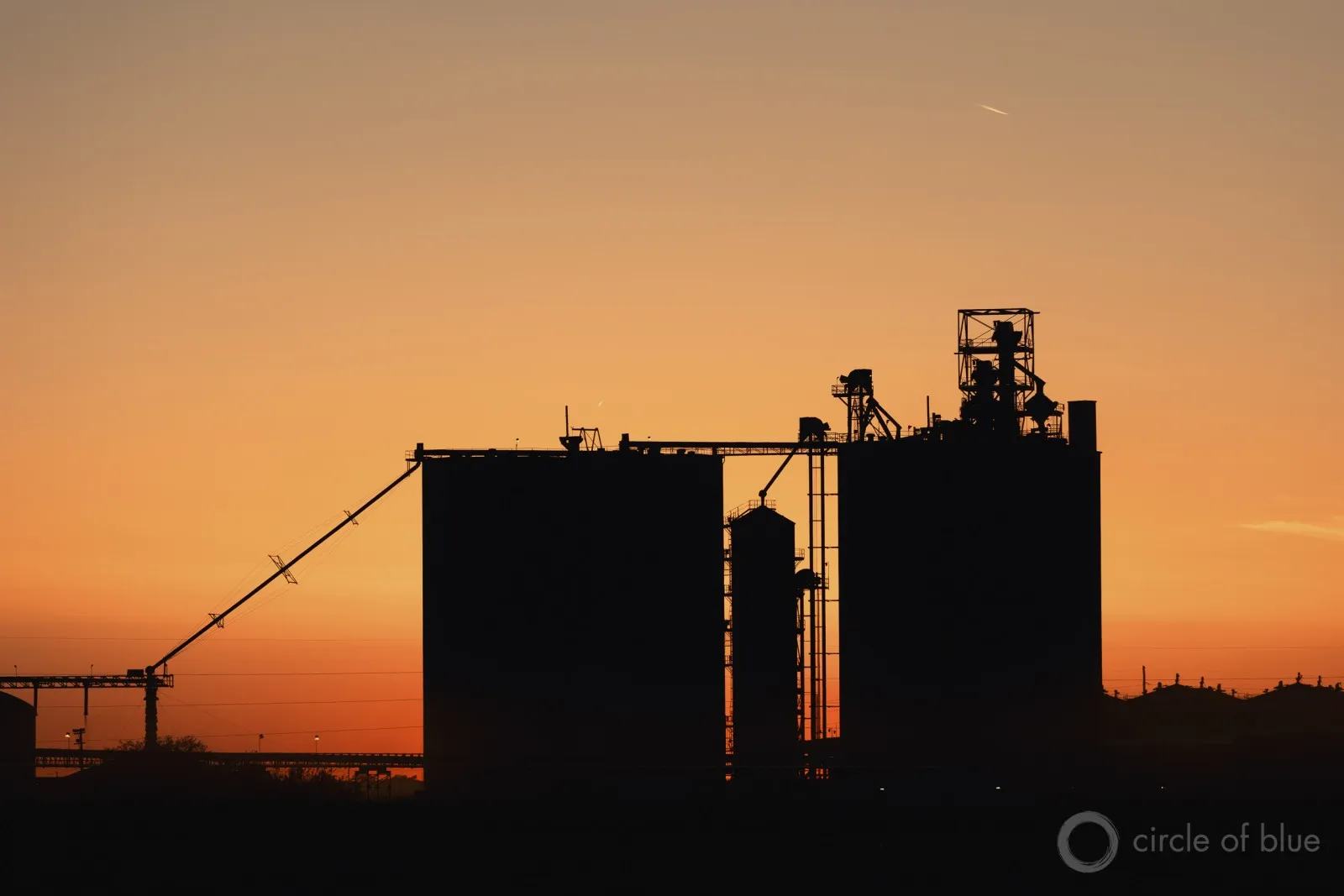
By Keith Schneider, Circle of Blue
This story is part of a Great Lakes News Collaborative series investigating the region’s water pollution challenges. Called Refresh, the series explores the Clean Water Act’s shortcomings in the Great Lakes, and how the region can more completely address water pollution in the next 50 years.
The collaborative’s four newsrooms — Bridge Michigan, Circle of Blue, Great Lakes Now and Michigan Radio — are funded by the Charles Stewart Mott Foundation.
President Biden, U.S. environmental organizations, and climate activists were appropriately enthused last summer when Democrats passed the Inflation Reduction Act.
Embedded in the new statute are more than $140 billion in direct payments and tax incentives for renewable fuels and cleaner electrical generation to help reduce greenhouse gas emissions 40 percent below 2005 levels by the end of the decade. The statute also includes $19.5 billion for the Department of Agriculture’s new “climate smart” crop production practices.
In the give and take of opinion about the climate provisions of the Inflation Reduction Act, the consensus is that the social benefits of curbing the Earth’s warming easily exceed the financial and social costs.
Yet viewed from the frontlines of a water quality emergency that has unfolded in the Heartland, the consensus dissolves in provisions that appear certain to increase the already immense tide of farm-related nutrient pollution draining from the land and contaminating surface and groundwater, especially in the grain, dairy, and meat-producing regions of the Great Lakes states and the Midwest Corn Belt.
Farming-related contaminants already pollute thousands of drinking water wells from Minnesota to Missouri, and virtually every mile of streams and rivers in Iowa is impaired with little regulation to rein in the pollutants. “It’s already a national emergency and a national scandal,” said Emma Schmit, a senior organizer in the Midwest for Food and Water Watch, an environmental advocacy group. “When we test our waterways, the main pollutants are E.coli and nitrates and phosphorus from agriculture. These are pathogens and contaminants that can cause serious issues for people. We’re about to give large corporate farms carte blanche to make it worse.”
How is it possible that legislation billed as an environmental protection statute ends up as a primary threat to clean water and communities? The answer is this: The law relies on raw materials from two of the most polluting industries in America – corn production, and industrialized livestock operations that fatten millions of beef cattle, cows, hogs, and chickens for consumer appetites.
Among the most costly provisions of the Inflation Reduction Act are practices that support three key agricultural efforts: The production of more ethanol from corn; the capture of carbon dioxide, especially from ethanol refineries; and moves to produce electricity and transportation fuel from methane by capturing emissions from manure digesters installed at massive livestock and poultry operations.

Large livestock operations, like this one in Arizona, are given broad discretion by states for managing and spreading a deluge of manure. Photo © J. Carl Ganter/Circle of Blue
Center of Industrial Policy
In effect, those provisions of the Inflation Reduction Act put agriculture in a place it’s been slowly approaching for decades: at the very center of the nation’s industrial policy for developing energy for electrical generation and transportation.
The incentive for more corn production is particularly worrisome as farmers typically make heavy use of nitrogen fertilizers when growing corn, said Chris Jones, a research engineer and water quality specialist at the University of Iowa.
“Anytime we incentivize production of a nutrient hungry crop you’re going to get nutrient pollution,” Jones said. “Corn loses a lot of nutrients to the environment. We know that for a certainty. We’re incentivizing further production. We’re going to get more pollution. You don’t need to be a genius to know that.”
Corn is the most heavily fertilized row crop in America, accounting for 11 billion pounds of commercial nitrogen fertilizer applied to farmland annually, with 9 of the 11 billion pounds applied in the Midwest, according to the USDA. State and federal research shows that up to 70% of applied nitrogen is not taken up by the growing plant, and runs off the land and into streams, rivers, and groundwater.
Agricultural nutrient pollution is the primary reason that the Clean Water Act has not come close to meeting its “fishable and swimmable” goal for US surface waters.

Nitrogen and phosphorus drain from cropland and livestock operations into swollen ditches like this one in Michigan. Photo © J. Carl Ganter/Circle of Blue






